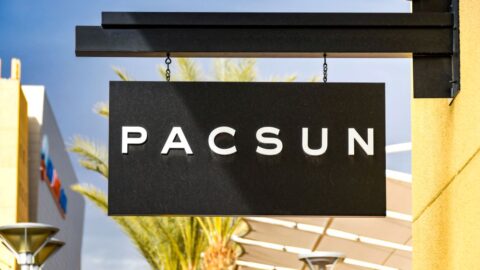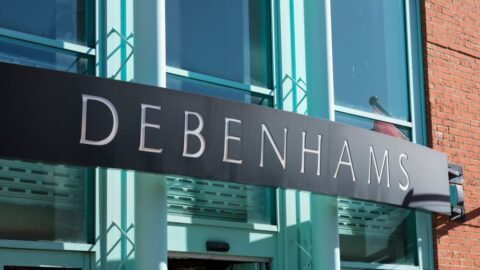At a time when many traditional players with large store footprints have had to downsize or worse, declare bankruptcy, Best Buy has been one of retail’s biggest success stories. The electronics retailer’s turnaround efforts have been impressive since former CEO Hubert Joly took over in September 2012 — with company stock skyrocketing 335% from that time until his retirement in June 2019 — new CEO Corie Barry has ambitious plans to take Best Buy even further.
Ahead of its annual investors meeting, Best Buy revealed its financial targets for fiscal 2025, including:
- Revenue of $50 billion, which compares to the company’s current fiscal 2020 guidance range of $43.1 billion to $43.6 billion;
- A non-adjusted operating income rate of 5.0%, which compares to the company’s current fiscal 2020 guidance of flat to slightly up from fiscal 2019’s 4.6% non-adjusted operating income rate; and
- $1 billion of additional cost reductions and efficiencies.
The goals are an extension of Best Buy’s “New Blue” growth strategy launched in March 2017. The strategy was initially designed to take the company into 2020 via new technologies and service offerings, including IoT and the connected smart home, assured living and elder care services and the expansion of the Geek Squad into a nationwide “Total Tech Support” subscription program. As CFO, Barry spearheaded cost reduction efforts totaling $1.4 billion.
Barry and other members of the executive team outlined the next phase of the company’s strategy as “Building the New Blue: Chapter Two.” The playbook will include a closer look at key growth initiatives, including Best Buy Health and an ongoing supply chain transformation.
Charlie O’Shea, VP and Lead Retail Analyst at Moody’s Investors Service, lauded the ambition of Best Buy, indicating that the targets “seem very attainable, and are consistent with our longstanding view that Best Buy will continue as one of the top performers in U.S. retail. The core franchise remains on rock-solid footing, driven by, among other things, online capability that is one of the best in brick-and-mortar, vendor relationships that are expanding and deepening, a store experience that clearly resonates with consumers, and a sensible extension strategy into segments such as health care.”
To achieve these high goals, Best Buy must deal with impending uncertainties regarding the ongoing U.S.-China trade dispute and its additional tariffs. As much as 60% of Best Buy’s cost of goods sold are subject to tariffs, though Barry has said that number could go down to approximately 40% in 2020.
“We’re working closely with our vendors,” Barry told CNBC. “We’re bringing product in early. We’re talking about mitigation strategies. You’re continuing to see supply chains move.” Barry did not indicate where manufacturing and sourcing would be moved to if they don’t take place in China.












